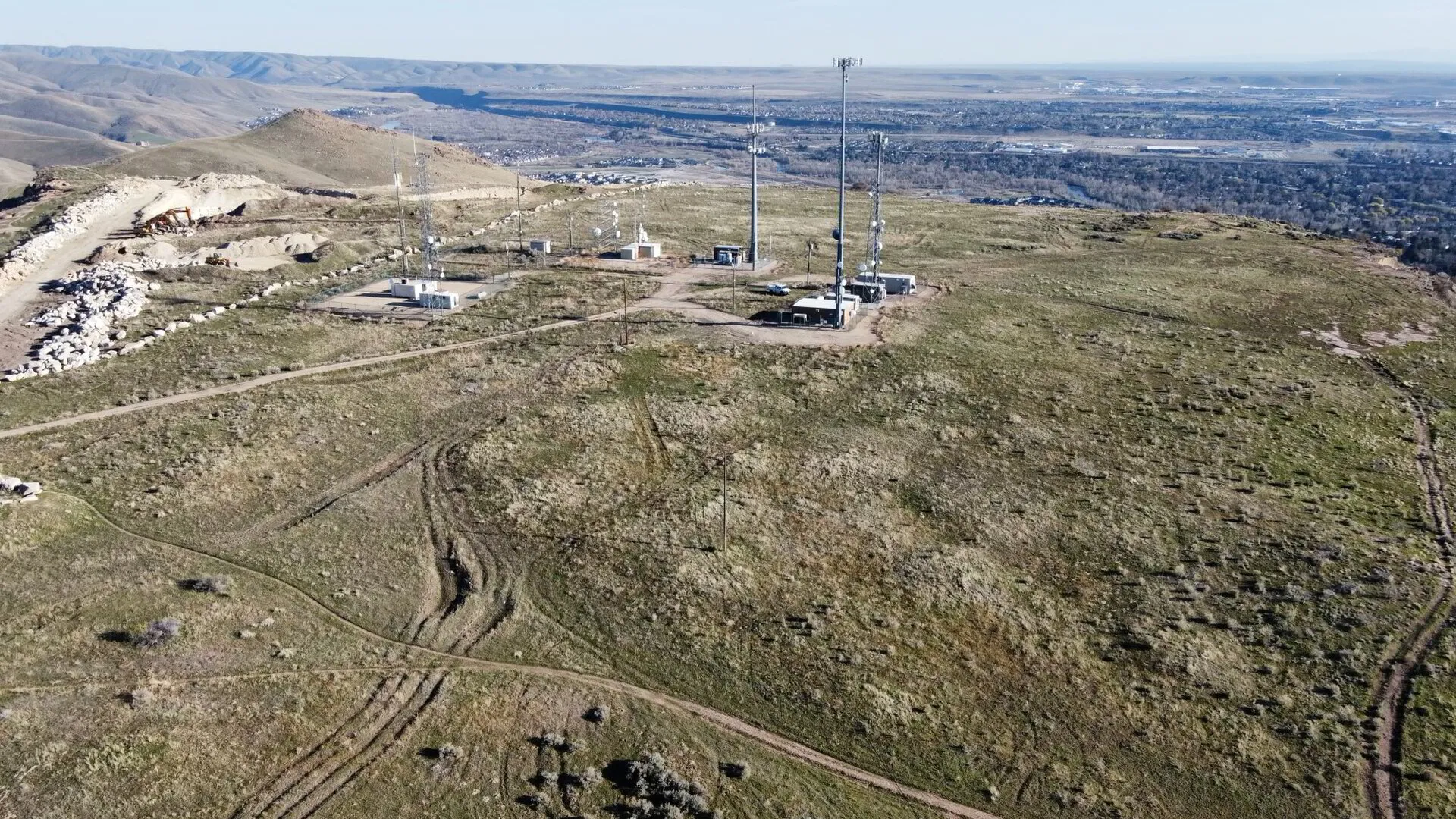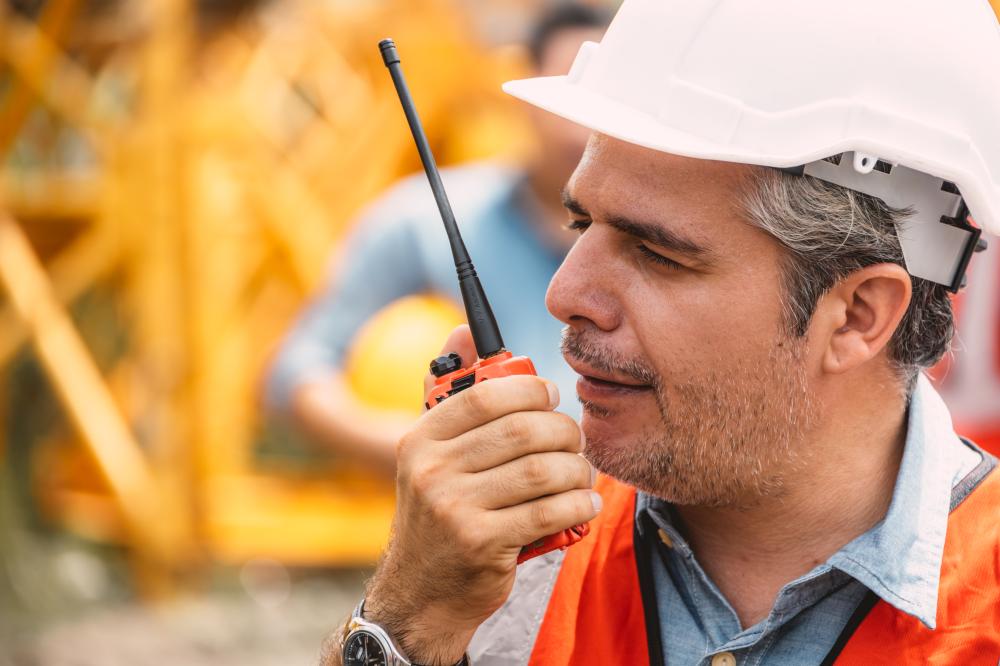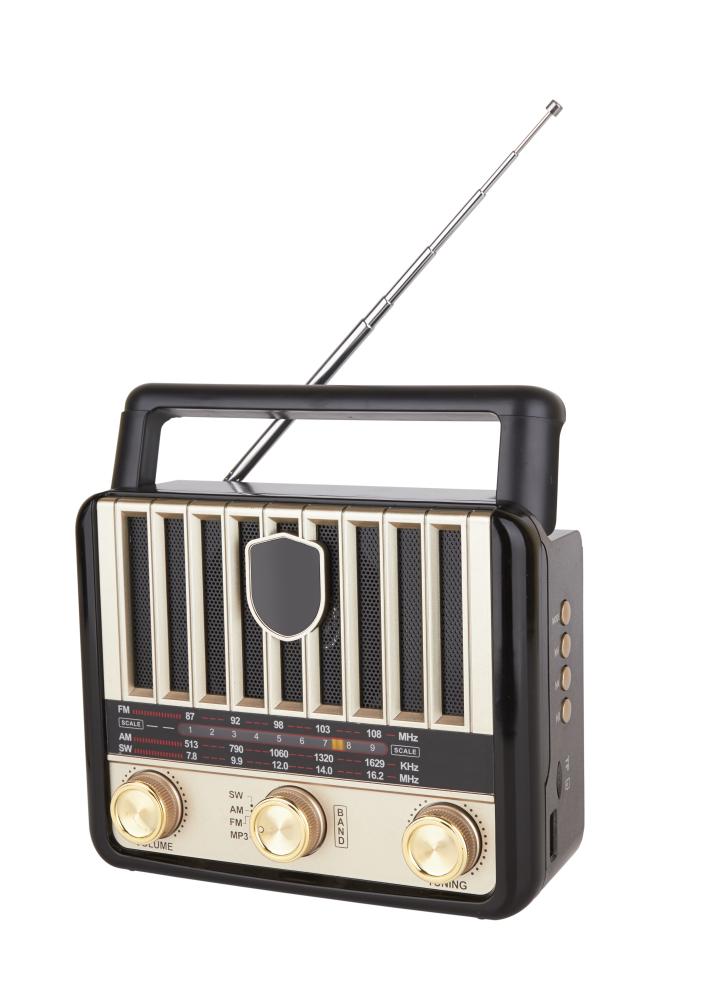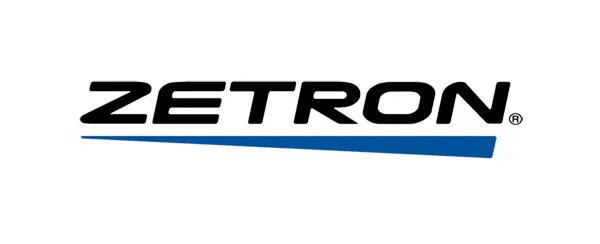
One of the Most Complete Communication Networks in the Northwest
White Cloud Communications Inc., an Idaho-based company with nearly 50 years of expertise, is headquartered in Twin Falls and operates satellite offices in Garden City, Burley, and Idaho Falls. We specialize in advanced two-way radio services, designing, developing, and delivering innovative solutions that boost productivity, enhance safety, and connect people in the toughest environments. Our mission is to provide seamless, reliable, and instant communication for businesses and communities across southern Idaho. With a focus on innovation, quality, and a customer-first mindset, we aim to be the trusted leader in wireless communication solutions.
Industries

Best Handheld Long Range Radios
At White Cloud Communications Inc., we have nearly five decades of experience in delivering reliable and cutting-edge wireless communication solutions. One of our specialties is Handheld Long Range Radios, which serve critical roles in various industries. These compact yet powerful devices are designed to facilitate seamless communication over extended distances, making them ideal for environments where mobile phone coverage is unreliable.
The versatility of Handheld Long Range Radios can be seen in their application across diverse fields such as National Security, Transportation, and Mining. Their robust build and long-lasting batteries make them indispensable tools for field operations and emergency responses. As seasoned specialists, we ensure that our clients receive devices that not only meet but exceed industry standards for performance and reliability.
Why Choose Handheld Long Range Radios for Your Needs?
The decision to use Handheld Long Range Radios is often driven by the need for instant, uninterrupted communication. Whether coordinating teams on a construction site or ensuring crew safety in remote areas, these devices provide the functionality needed to maintain efficient operations. At White Cloud Communications, we prioritize customer satisfaction by offering radios that are both user-friendly and highly effective.
Our radios come with features such as weather alerts, which are vital during outdoor events or operations in unpredictable climates. Additionally, they are equipped with channel scanning and emergency alarm functionalities. These features are tailored to the unique demands of our clients, ranging from oil and gas exploration to educational campus safety.
What Makes a Good Handheld Long Range Radio?
A good Handheld Long Range Radio is characterized by its range, durability, and ease of use. First and foremost, the range is crucial; our radios can communicate over several miles, ensuring connectivity even in challenging terrains. Durability is another key factor, where rugged designs withstand harsh environmental conditions.
Lastly, ease of use cannot be overlooked. Our offerings include intuitive controls and clear displays, making them accessible even to users without technical expertise. This commitment to simplicity does not compromise functionality, as these radios are fully programmable to meet specific business or community needs.
- Range: Extended communication distances
- Durability: Resistance to weather and physical impacts
- Ease of Use: User-friendly interface
How to Effectively Use Handheld Long Range Radios
- Identify the communication needs and select appropriate channels.
- Perform regular maintenance checks to ensure optimal performance.
- Train your team on correct usage and emergency protocols.
Utilizing Handheld Long Range Radios effectively involves understanding their capabilities and limitations. By selecting the correct channels and ensuring that devices are properly maintained, you can maximize their utility. Training is essential, particularly in industries such as law enforcement and healthcare, where every second counts during communications.
What Are the Advantages of Using Handheld Long Range Radios?
The primary advantage of using Handheld Long Range Radios is their ability to provide reliable communication without reliance on cellular networks. This independence is especially beneficial in remote or disaster-prone areas where network infrastructure may be compromised. Additionally, these radios are built with robust security features, safeguarding sensitive communications from interception.
Another significant benefit is their interoperability with existing communication systems, allowing for seamless integration with other devices used by different agencies or departments. For example, emergency services can coordinate responses effectively, ensuring timely assistance during critical incidents. As a provider trusted by diverse sectors, White Cloud Communications guarantees that our radios meet the highest standards of security and performance.

The Evolution of Portable Radios
Portable Radios have transformed significantly over the decades, evolving from simple transistor-based models to sophisticated digital devices. The journey of Portable Radios traces back to the mid-20th century, flourishing in the ’60s and ’70s when they became essential companions for music enthusiasts and news junkies alike. Today, they serve various professional sectors needing reliable communication on the go.
Key Features of Modern Portable Radios
Modern Portable Radios come equipped with an array of features that enhance user experience. One standout feature is the multi-band reception, allowing users to switch between AM, FM, and even shortwave bands seamlessly. Additionally, they often include rechargeable batteries, ensuring longer operation times and eliminating the need for frequent battery replacements.
Another vital feature is the integration of NOAA weather alerts, offering real-time updates during emergencies. For the audiophiles, advanced models boast high-fidelity speaker systems, ensuring crisp and clear audio. These features cater to diverse needs, from casual listeners to professionals in fields like emergency services or tourism.
What Makes Portable Radios Essential for Emergencies?
Portable Radios are indispensable in emergencies due to their reliability and ability to function without relying on cellular networks. During power outages, they provide critical updates via battery operation. Emergency responders and civilians alike rely on them for accurate information, making them a staple in any emergency preparedness kit.
To utilize Portable Radios effectively during emergencies, follow these steps:
- Ensure the radio’s batteries are fully charged or have spare batteries on hand.
- Tune into local emergency channels for updates.
- Keep the radio in a water-resistant case to protect it from environmental damage.
Industry Perspectives on Portable Radios
Working in wireless communication for over 20 years, I’ve seen firsthand how Portable Radios have supported industries from mining to healthcare. In fire and EMS services, these devices provide uninterrupted communication lines, critical for coordination during crises. In education and hospitality, they offer seamless communication between teams, improving efficiency and safety.
White Cloud Communications Inc. prioritizes integrating the latest technology into our offerings, ensuring that each radio solution meets the specific needs of our clients. Our hands-on experience and continuous innovation place us at the forefront of providing effective Portable Radios solutions.
Choosing the Right Portable Radio
Selecting the ideal Portable Radios for your needs involves considering several factors. Begin by assessing the frequency range–whether you need AM/FM, shortwave, or specialized bands like NOAA weather alerts. Consider battery life, especially if you’re using it during extended outings.
- For outdoor enthusiasts, lightweight and weatherproof models are ideal.
- Professionals may benefit from radios with enhanced durability and multiple bands.
- Those in urban settings might prioritize compact designs with superior FM reception.
Ultimately, the right choice integrates seamlessly with your lifestyle, ensuring it meets both functional and personal preferences.
The Future of Portable Radios
Looking ahead, Portable Radios will continue to adapt to technological advancements. With the advent of digital streaming and AI integration, future models may offer features like voice-activated controls and enhanced connectivity with smart devices. Our goal at White Cloud Communications is to stay ahead of the curve, ensuring our clients benefit from cutting-edge innovations.
These advances promise to further augment the utility of Portable Radios, making them even more vital for both daily conveniences and emergency situations. The persistent evolution of these devices underscores their unparalleled role in communication technology.
Exploring Key Features of Portable Radio Sets
When considering Buying Portable Radio Sets, it’s essential to focus on the features that align with your needs. From AM/FM tuning capabilities to modern innovations like Bluetooth connectivity, today’s portable radios offer a blend of convenience and functionality. We at White Cloud Communications have found that radios with NOAA weather alerts provide an added layer of security, especially for those living in areas prone to weather disruptions. The portability of these devices is enhanced by windup charging mechanisms and long battery life, making them reliable companions in remote locations.
Our industry experience shows that durability is also a crucial factor. Radios designed with rugged materials can withstand harsh environments, which is particularly significant for industries like mining and construction. Furthermore, radios equipped with high-quality internal antennas tend to offer better reception in areas with challenging signal conditions.
Another important feature to consider is the audio output. Look for radios that offer clear, crisp sound, whether you’re listening through speakers or headphones. Many modern portable radios now include a feature for connecting external antennas, which can significantly boost signal clarity and strength.
Ultimately, the best portable radio set will depend on your specific requirements, such as signal range, audio quality, and additional functionalities.
Why Choose Portable Radios Over Other Devices?
Within the landscape of communication devices, Buying Portable Radio Sets presents a pragmatic choice for many users. Unlike smartphones or tablets, portable radios often operate without the need for complex networks, ensuring uninterrupted service even in remote or rural areas. This is particularly advantageous for sectors like emergency services, where constant communication is critical.
From my extensive experience at White Cloud Communications, I’ve witnessed how portable radios offer a simplicity that appeals to both individual users and large-scale operations. The devices are typically less prone to technical issues, and their operation doesn’t require extensive training or setup processes.
Another important consideration is cost-effectiveness. Buying Portable Radio Sets generally involves a one-time purchase with minimal ongoing expenses. Unlike devices reliant on cellular networks, radios don’t incur monthly service fees, making them a budget-friendly option for businesses and individuals alike.
Addressing Common Concerns About Buying Portable Radio Sets
Are you worried about signal interference when Buying Portable Radio Sets? This is a common concern, especially for those living in urban areas. Interference can often be mitigated by choosing radios with enhanced tuning capabilities, such as digital signal processing (DSP), which reduces noise and improves reception.
Another frequent worry is battery life. In our years of experience, we’ve found that selecting radios with rechargeable batteries or solar charging options can alleviate this concern, ensuring users stay connected longer without needing constant replacements.
Weight and size are additional factors. Buyers often wonder if smaller radios might compromise on features or performance. At White Cloud Communications, we advise considering the primary use before purchasing. While compact models are excellent for travel, heavier models might offer better sound quality and durability.
For those still unsure, consulting with industry experts can provide personalized recommendations and help users make informed decisions.
What Are the Steps to Effectively Use Portable Radio Sets?
Using a portable radio set effectively is straightforward when following these steps:
- Check the Battery: Ensure the radio is fully charged or has fresh batteries to avoid interruptions.
- Tune to Optimal Frequency: Adjust the tuning dial or use auto-scan features to find clear stations.
- Adjust Volume and Antenna: Set your desired volume and position the antenna for the best signal reception.
- Utilize Additional Features: Engage any built-in features such as weather alerts or Bluetooth connections as needed.
By following these steps, users can maximize the functionality of their radio sets, ensuring a seamless experience every time.
How Can Buying Portable Radio Sets Improve Safety During Emergencies?
Buying Portable Radio Sets enhances safety during emergencies by providing reliable access to critical updates when other communication methods fail. These radios can receive NOAA weather alerts and other emergency broadcasts, ensuring users stay informed.
The key is choosing a radio with a robust range and strong signal reception to function effectively during crises. At White Cloud Communications, we recommend models with long-lasting battery life and easy-to-use controls, allowing users to focus on safety without worrying about device operation.
In emergency scenarios, portable radios bypass reliance on internet or cell networks, providing direct access to vital information. Their ability to operate independently makes them indispensable tools for disaster preparedness.
- Essential for emergency responders
- Reliable in natural disaster scenarios
- Offers immediate access to news and alerts

What are the main factors contributing to the range capabilities of handheld long-range radios?
The range of handheld long-range radios is influenced by several key factors. Firstly, the power output of the radio affects how far the signal can travel. Higher wattage typically equates to greater range. The environment also plays a crucial role; open fields and elevated positions allow for better reception compared to urban areas or dense forests where obstacles can obstruct signals.
Another aspect is the frequency band the radios operate on; UHF frequencies, for example, are better suited for urban environments due to their ability to penetrate walls and structures. On the other hand, VHF is often preferred for open rural areas.
Antennas also make a difference. Radios equipped with high-quality, longer antennas tend to have better range capabilities. When I consult with businesses, I often recommend evaluating their specific communication needs and environments to select the most appropriate radio system. Consider doing the same when assessing your radio requirements.
How do handheld long-range radios maintain communication reliability in remote locations?
Handheld long-range radios maintain reliability in remote locations primarily by operating independently of cellular networks, which can be sporadic or nonexistent in such areas. These radios use radio frequency signals to communicate directly, ensuring consistent connectivity.
At White Cloud Communications, we emphasize robust construction and technology to withstand challenging conditions often found in remote environments. Features such as battery longevity and resistance to environmental factors like humidity and temperature also contribute to their reliability.
I recall a situation where a mining client in a remote Idaho location faced severe weather that disrupted mobile networks. Thanks to their handheld radios with weatherproof casings and extended battery life, they maintained critical communication without interruption. Have you ever considered how these features might benefit your own remote operations?
What are the common misconceptions about the functionality of handheld long-range radios?
One common misconception is that handheld long-range radios are difficult to operate. In reality, modern designs are quite user-friendly, with intuitive interfaces that require minimal training. Another misconception is that these radios can’t offer clear sound quality, but advancements have enabled crystal-clear audio even over long distances.
People often think that handheld radios are only for professional use in sectors like security or emergency services. However, they are incredibly versatile and useful for recreational activities like hiking or event coordination. I’ve personally used them during family camping trips to ensure everyone stays connected in vast, network-limited areas.
It’s crucial to understand the specific capabilities of these devices to fully appreciate their value. How might you use such a tool in your daily or professional life once you dismiss these misconceptions?
What advice would you give for effectively integrating handheld long-range radios into a business’s communication strategy?
Integrating handheld long-range radios into a business communication strategy involves assessing your specific needs first. Determine the range required, the number of users, and the typical environment–whether indoor, outdoor, or in vehicles. Choose radios that meet these requirements and ensure they are durable and reliable.
Training is also essential. Ensure all users understand the basic operation and any advanced features like channel selection and emergency alerts. Regular maintenance checks, such as inspecting the battery life and cleanliness of the devices, will also prolong their life and efficiency.
Imagine a managerial team using these radios to coordinate on-site activities across a large construction project. The efficiency and clarity these radios provide can streamline communication processes significantly. How do you see these benefits translating to your own business context?
How do portable radios complement other communication devices in emergency preparedness kits?
In an emergency preparedness kit, portable radios serve as a critical backup to more complex technologies like smartphones or satellite phones. They operate without relying on infrastructure that might be compromised during disasters such as power outages or network failures.
Because they can receive broadcasts from emergency services, they provide timely updates and alerts, which can be lifesaving. Their straightforward operation means that even those with minimal technical skills can use them effectively, ensuring broad usability in high-stress situations.
Take, for instance, the experience of a coastal community dealing with a sudden weather event where cellular networks go down. Portable radios ensure that residents receive essential updates and can coordinate without delay. Have you equipped your emergency kit with such reliable tools?
What are the essential features to look for when buying portable radio sets for reliable communication?
When buying portable radio sets, prioritize features that enhance reliability and usability. Look for devices with multi-band reception to cover various frequencies and a strong built-in antenna for optimal reception. Durability is key, so choose models with weather-resistant features and solid construction.
Battery life is another critical factor. Options that support rechargeable or solar-powered batteries can provide uninterrupted use. Additional conveniences such as NOAA weather alerts and emergency channels add significant value by enhancing situational awareness.
From my experience, those working in outdoor or remote settings benefit from lightweight, rugged designs with features supportive of their environment. How do you envision using these features in your personal or professional scenarios?
Why might handheld long-range radios be a better choice than smartphones in certain business operations?
Handheld long-range radios offer advantages over smartphones, particularly in settings where instant, reliable communication is needed without dependence on cellular networks. They provide dedicated channels that reduce the risk of interference and offer clearer communication.
Radios are often more robust and better suited to withstand extreme environments, making them ideal for industries like mining or construction. Furthermore, they can facilitate group communication, allowing multiple users to participate in a conversation simultaneously, unlike the one-to-one nature of phone calls.
I recently worked with a security team at a large event where the cellular network was overwhelmed. Their radios allowed for seamless coordination and rapid response, ensuring event safety. Have you considered such scenarios where radios might be more effective than smartphones in your operations?
How do technological advancements in portable radios impact their usage in different industries?
Technological advancements in portable radios have significantly expanded their use across industries. Digital transformations have allowed radios to feature enhanced audio clarity and interference resistance. Newer radios often offer GPS tracking, enabling real-time location sharing, which is invaluable in fields like transportation or search and rescue.
Additionally, the integration of Bluetooth technology allows radios to connect with other devices, making them versatile tools for communication. In educational environments, schools utilize these features for efficient campus coordination, enhancing safety and emergency response.
Our commitment at White Cloud Communications to staying ahead of technological advancements ensures that we can provide the most effective solutions for diverse industry needs. How do you think these evolving features could transform your industry?
Resources
- Federal Communications Commission (FCC) – The official website of the FCC, providing information on regulations and licensing related to communication devices.
- Ready.gov – Communications – A resource by the Department of Homeland Security offering guidelines on communication preparedness for emergencies.
- American Red Cross – The official website of the American Red Cross, providing resources on emergency preparedness and communication during disasters.
- National Institute of Standards and Technology (NIST) – NIST offers research and standards information related to communication technologies and emergency response.
- National Oceanic and Atmospheric Administration (NOAA) – The NOAA provides weather alerts and information crucial for emergency communication and preparedness.
We are certified dealers of the following brands:








